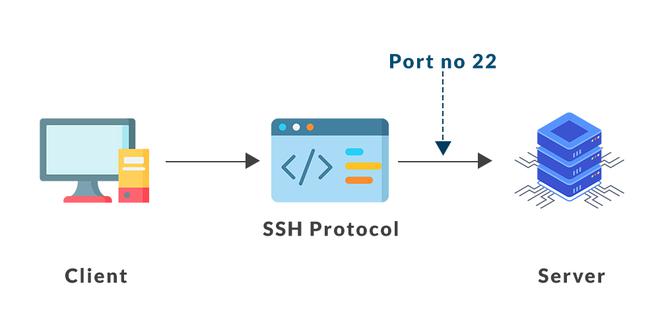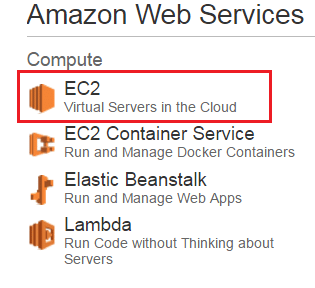
FTP (Funds Transfer Pricing) is a tool for financial management that allows banks to measure the contribution different funding sources make to their overall profit. It allows them to monitor and measure their financial performance in a wide variety of ways, from determining the profitability of different product lines the bank offers, to the success of branch outlets, to evaluating processes.
Commercial banks need FTP because it gives them an accurate price for raising and lending capital. This price includes all operating expenses, including interest costs, as well as liquidity costs. The FTP rate can be used by the bank to price loans and calculate return on investment.
This rate can be used by the bank to assist in their budgeting and planning process. The bank can achieve higher levels of profitability over time.

This tool can be used to assess the performance of banks, and is especially important in the context of the global financial crisis as well as the forthcoming Basel III round. This tool is crucial for identifying risks and vulnerabilities which may impact the profitability of a bank.
This is important for analyzing the profitability of customers and the performance and branch locations. This can help to give the bank more clarity about its strengths as well as weaknesses. It will also assist in decisions related to resource allocation and cost control, as budgeting or planning and budgeting.
FTP frameworks come in many different types that can be implemented by a bank. The frameworks differ depending on the size, business areas, and operational structure of the bank. The most common and robust method of calculating maturity is to match the amount of the loan with the maturity date.
A rate for funds transfers can be assigned to a product based upon a number factors, such as the maturity of the particular product and the expected cash stream. These can include interest, credit risk, or hedging costs.

For a bank to be able to assign a certain transfer rate to an item, it must first define the rules governing the calculation of the rate. The rules are based on balances in ledger accounts, such as cash, prepaid expense, and fixed assets. They can also be based product (instruments), instrument principal balances, or other product (instruments).
The bank can use the matched maturity method to assign the transfer rate to products based on the product's specific maturity and the expected stream of cash. This approach can be more flexible than the pooled pool method, which ties products to a single TP rate.
The matched maturity method also considers the bank's ability to source funds of various maturities from the interbank market, which can influence the final base TP rate. It is for this reason that the matched maturities approach can be very useful during times of high liquidity. This could enable a financial institution to reduce the cost of hedging or increase rentability.
FAQ
What HTML & CSS can I use to create my website?
Yes, you can! It's possible! You need to have basic knowledge in web design and programming languages, such as HTML (Hyper Text Markup Language), CSS and Cascading Style sheets (Cascading CSS Sheets). These two languages make it possible to create websites accessible by all who have an internet connection.
Are I more likely to be hired for a job as a Web Developer if my portfolio is good?
Yes. You must have a portfolio to be considered for a job in web development or design. Portfolios should showcase examples of your skillsets and experience.
Portfolios are usually made up of examples of past projects. You can include anything that demonstrates your skills. You should have everything in your portfolio, including mockups.
What HTML and CSS are available to help me build my website?
Yes! You should be able to create a website if you have been following the instructions.
You now know how to build a website structure. Now you need to learn HTML and CSS coding.
HTML stands for HyperText Markup Language. You can think of it as writing a recipe. It would include ingredients, instructions, as well as directions. HTML can also be used to inform a computer if certain parts of text should appear bold, underlined and italicized. It is the language used to describe documents.
CSS stands as Cascading Stylesheets. Think of it like a style sheet for recipes. Instead of listing each ingredient and instructing, you can write down general guidelines for font sizes, colors and spacing.
HTML tells your browser how to create a web page. CSS tells you how.
Don't worry if you don't know the meaning of either one of these terms. Follow the tutorials and you will soon be creating beautiful websites.
Statistics
- It's estimated that chatbots could reduce this by 30%. Gone are the days when chatbots were mere gimmicks – now, they're becoming ever more essential to customer-facing services. (websitebuilderexpert.com)
- In fact, according to Color Matters, a signature color can boost brand recognition by 80%. There's a lot of psychology behind people's perception of color, so it's important to understand how it's used with your industry. (websitebuilderexpert.com)
- Studies show that 77% of satisfied customers will recommend your business or service to a friend after having a positive experience. (wix.com)
- Did you know videos can boost organic search traffic to your website by 157%? (wix.com)
- It enables you to sell your music directly on your website and keep 100% of the profits. (wix.com)
External Links
How To
How to use WordPress for Web Design
WordPress is a tool for creating websites and blogs. It has many great features, including easy installation, powerful themes options, plug-ins and many other. You can personalize your website with this website builder. It comes with hundreds of themes and plugins that help you make any site. You can even add your domain name if you want. You can manage your site's appearance, functionality, and design with these tools.
WordPress is a powerful tool that allows you to create stunning websites without having to know HTML code. You don't need to know any programming skills to create a professional-looking website. This tutorial will show you how to install WordPress and walk you through the basic steps to create your blog. We'll explain everything so you can follow along at home.
WordPress.com is the most well-known CMS (Content Management System). There are currently 25 million users worldwide. There are two versions available for WordPress. You can either buy a monthly license or download the source codes and host it yourself for $29 each month.
WordPress is a popular blogging platform. There are many reasons for this. For one thing, it is very simple to use, and anyone who can write a little bit of HTML can create a great-looking site. It also offers flexibility. WordPress.org has many free themes that allow you to change the look of your website without paying a dime. It's also very customizable. Numerous developers offer premium addons that enable you to automatically update posts whenever someone comments on them, or integrate social sharing into your website.